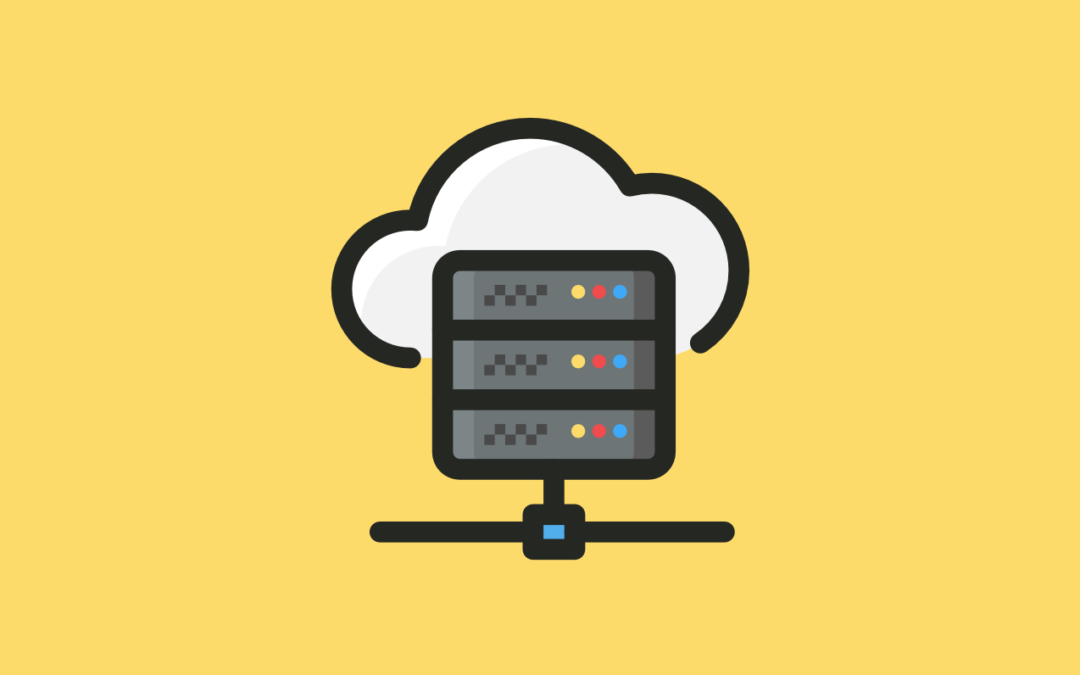Importance of Coding Standards in Software Development
It’s no secret that the software development market is booming right now. The primary reason for this surge in popularity is the growing need for business-specific software solutions. A well-designed program helps businesses run smoothly and efficiently.
However, developing high-quality software and code isn’t an easy task. To limit the likelihood of software errors, a developer must be adept at tracking the progress of the solution’s coding throughout the development process. This can be achieved with the help of coding standards.

What Are Coding Standards?
Coding standards serve as guidelines that help developers create code that is easy to read and understand by their fellow programmers and testers. They consist of a set of processes that can be specified for a given programming language to indicate styles, techniques, and distinctive protocols. They can be used for any part of the software developed in that language.
Standards help in determining whether the optimal methods are used. The proper management of code can make it easier to debug and test the code. As a project moves forward within a team, the importance of coding standards becomes more and more apparent. With standards in place, the code is simple to decipher and follows a consistent structure.
Consistency benefits the program’s integrity, and it should be maintained throughout the coding process. In addition, it is crucial to ensure that coding standards are adhered to uniformly and do not conflict at various system levels. Finally, the program’s source code should appear as though it was produced by only one programmer in a single sitting.
Coding Standards in WordPress
WordPress has established particular coding standards to ensure that the platform’s different components, from the core to plugins and themes, work cohesively. Using the standards ensures that anybody can understand and change a piece of code, regardless of when it was developed or who created it.
WordPress code standards can be divided for specific languages:
- PHP Coding Standards
- HTML Coding Standards
- CSS Coding Standards
- JavaScript Coding Standards
Why Coding Standards Are Important for Code Quality
Coding standards are not just for maintaining consistency. The consequences of failing to uphold these criteria may be severe. Developers might be employing their own approaches if measures are not established, which could have negative effects such as:
- Security issues: If quality standards aren’t followed, the software could be vulnerable to external threats or include flaws because of poor code.
- Performance: Faulty programming can have an impact on the final product’s quality. The result is a poor user experience and apparent issues with the security and functionality of the system.
The Benefits of Having Coding Standards
When coding standards are incorporated into the software, the benefits they provide help developers see the value and potential of these best practices. Here are some of the advantages offered by coding standards:
Lower Risk of Failure
The use of coding standards improves the quality and performance of source code. Essentially, this helps programmers better comprehend what a given piece of code is supposed to do. Because of this, the likelihood of project failure is minimized. Using suitable architecture and the proper integration of modules helps design an exceptional solution that satisfies all customer requirements.
Reduced Time to Market
The market is rife with fierce competition. It has become critical for software development companies to reduce the time it takes to create new products. Doing so also enhances the standing of their business. By using proper coding standards, any potential flaws that may be discovered at a later date can be avoided. Your clients will have more faith in your product if you can shorten the time to develop it.
Faster Troubleshooting
It takes a long time to look for errors in a jumbled-up piece of code. Furthermore, the duty of debugging might be delegated to someone other than the original developer. If coding standards aren’t followed, this might become a catastrophe. Fixing bugs can take a long time if you don’t observe coding standards; that’s why it’s critical that you apply them in your source code.
Cost-effectiveness
Code maintenance and execution are made easier with the use of standards. As a result, a single module can be used multiple times, saving time and money in the development process. Additionally, when the developer isn’t around to explain what the code does, coding standards make it easier for others to find the relevant sections in the code.
Coding Standards Best Practices
You can improve the quality of your code by following some of these best practices in coding standards:
Readability
Since codes that are difficult to read require more time and energy for developers to understand, it’s important to consider readability. To make the code easier to read, try to separate different parts of the code by breaking up code blocks into paragraphs. Using indentation to show where the control structures begin and end is also a good idea. This way, you can tell where the code is in between them.
Make Architecture a Priority
Because of a lack of time, people tend to rush through tasks and fail to take architecture into account. However, in the vast majority of these situations, things go awry. It’s a half-baked effort to write code without considering the architecture first. You must know how the code works, what it does, how it can be used, and how it’s tested, debugged, and updated before you get started.
Code Review
Many people think that code reviews are a great approach to teach new team members how to work on different areas of the software. However, they frequently overlook the fact that the purpose of these reviews is to keep the code’s quality high and not to impart knowledge. Code reviews have been very important for keeping the code quality high and the team’s growth. As such, it’s best to assign this task to developers who understand at least 95% of the code.

Coding Standard Dos and Don’ts
Here are some of the things you should do or avoid when it comes to code standards:
- Do document and comment: When you’re writing code, make sure to use comments as much as possible. Comments aid developers in comprehending the code. There are numerous ways to offer comments when working with the Integrated Development Environment and other tools. The best practice is to begin a procedure or method with a remark that explains what it does and any variables, return values, exceptions, or problems that might occur. Additionally, when commenting, you must outline the function of each class and file, as well as their contents and even their steps.
- Do utilize indentation: Using indentation while writing code is recommended by experts. There isn’t a particular style required. However, adherence to a distinct and uniform indentation style is essential.
- Don’t include needless comments: While you should adhere to the rules, you should also avoid adding comments that aren’t necessary. Excessive explanations will make the code appear more awkward.
- Do organize code in groups: Organize the tasks into separate code blocks, with adequate distance between them. Comments can be added at the beginning of each block.
- Do use proper naming conventions: Having a well-known naming scheme is essential. There are plenty of naming conventions that developers can choose from. However, it is vital to keep the naming strategy consistent across the code. CamelCase and UnderScore are two excellent examples. CamelCase is primarily used in Java naming conventions, while UnderScore is employed in PHP.
- Don’t Repeat Yourself (DRY): Keep in mind the DRY concept — Don’t Repeat Yourself — when coding. This principle is also referred to as Duplication Is Evil, or DIE. This is the most effective way to write code. Since applications are designed to automate tedious processes, the code should not be duplicated.
- Don’t use deep nesting structures: Complex nested arrangements can make deciphering the code more difficult. As a result, it is better to steer clear of deep nesting.
- Do keep lines at short length: Columns that are narrow and tall are easier to read and more comfortable for the eyes. As a result, it’s best to use short lines. Approximately 80 characters per line would be ideal.
- Do organize files and folders properly: Writing all the code in a single file is doable, but there may be issues with readability and management. Because of this, putting it in multiple folders is preferable.

Conclusion
In this article, we’ve discussed the importance of code quality and how standards come into the picture. Regardless of the programming language or architecture you are using, following code standards in your development process will result in a high-quality, robust, and efficient product.
Coding standards are a vital part of the development process since they make the code more understandable to everyone in the team, making it easier to maintain. Additionally, best practices in coding standards aid in the creation of code that can be used in a variety of ways and satisfy all performance requirements. Using these standards effectively can help teams finish their project on time and satisfy clients.







0 Comments